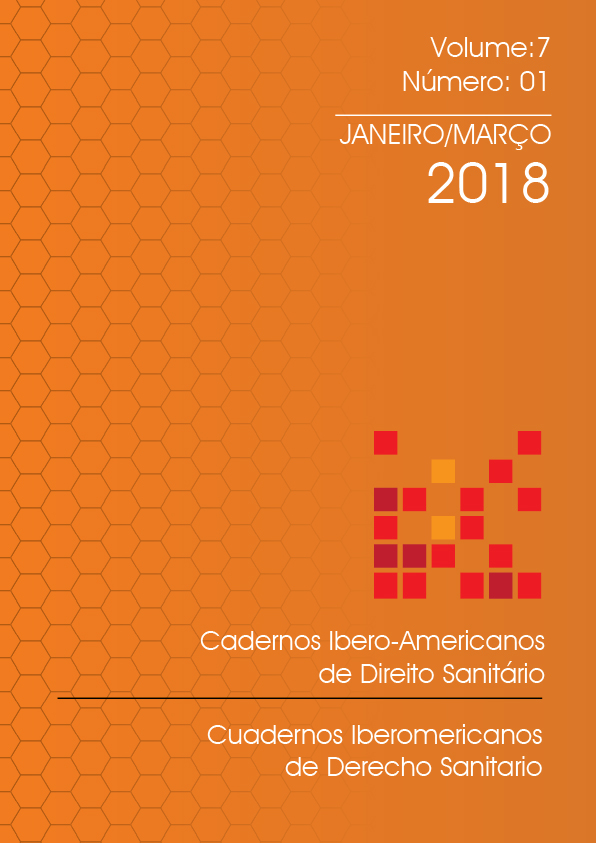Abstract
Objective: This paper analyses the relations beween the industrial food production model and the existence of a great number of undernourished people nowadays. Methodology: It was used the deductive method, based on a bibliographical review. Results: The model of agriculture consisting in the use of enormous areas of land for the plantation of a few products, mostly for the outland market, was stablished. The model adopted carries the industrial logic; it is aggressive to nature and highly dependent of technique and science. This model showed no improvement to appease world famine, since it produces not food, but commodities, therefore, it is necessary to verify if it is appropriate to the risk society and to the precautionary principle. Risk society implies acknowledging the existence of many risks, which should be considered in political and judicial decisions, so that the governments act previously to the occurrence of possible damages. On the same basis, acts the precautionary principle, according to which the doubt always benefits the environment. Conclusion: The use of nature should not lead to the exhaustion of resources, risk situations to food security or unequal distribution of food, but to the adoption of production models which coexist with the environment and whose aim is indeed provide food for the living beings.
This work is licensed under a Creative Commons Attribution 4.0 International License.
Copyright (c) 2018 CADERNOS IBERO-AMERICANOS DE DIREITO SANITÁRIO

